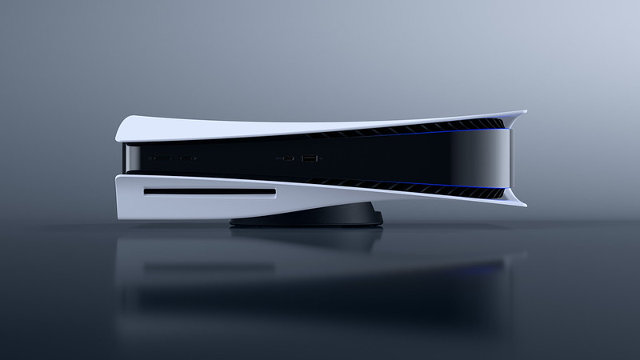The PlayStation 5 is a making a big push toward next-gen visuals. With 4K 120Hz support and loads of fancy technology, gamers with late-model displays are in for a visual treat. However, certain expected features seem to be missing from Sony’s latest console. These primarily include variable refresh rate and auto low-latency mode. So, does the PS5 have VRR and ALLM? Or are players stuck waiting for those features to show up later?
Does PS5 have VRR and ALLM?

The PlayStation 5 does not have variable refresh rate or auto low-latency mode support, at least not yet. Both VRR and ALLM are supported by many modern displays, but the PS5 currently can’t make use of either technology.
What are these two features, and why should you care? To better understand, it’s time for a short lesson on modern display technologies.
What is variable refresh rate?
Variable refresh rate (or VRR) allows a monitor to match its display rate to the output frequency of any given device. The trick is that the TV or monitor isn’t locked to a specific frequency — it can display visuals at any frequency across a set range.
Put more simply, it allows a TV or monitor to display visuals at whatever refresh rate is being offered by the console at any given time. This means on-screen action will appear smooth even when frame rates climb or drop. Of course, in order for it to work, it must be supported by the display itself as well as the device driving the monitor.
What is auto low-latency mode?
Auto low-latency mode (or ALLM) allows controlling devices (such as a game console) to switch a display into its low-latency option. With lower latency, in-game action will be reflected more quickly and more accurately than without. This change also results in lower perceived input lag, which is especially useful in fast-paced or competitive games.
Bear in mind that ALLM is simply an automatic trigger. Some users may prefer to run their displays in low-latency mode all the time. Others prefer to only switch when the need calls for it, leaving rates low for 4K UHD Blu-ray playback and raising them up for games. Hence the emergence of ALLM.
Make no mistake: The PS5 does support low-latency and high-refresh rate displays at launch. But without ALLM support, users will have to enable the low-latency option (typically called “game mode”) on their displays manually. Similarly, VRR-enhanced displays will be locked to whatever refresh rate the PS5 is outputting, typically either 60hz or 120hz.
The PS5 does not have VRR or ALLM yet. However, chances are good that ALLM could be added in a future update. The chances for VRR support seem a lot more slim, which is a bit sad to hear. After all, Sony’s latest console is meant to make the most out of modern displays. Without variable refresh rate or auto low-latency support, the system’s fast-paced visuals won’t be anywhere near as exciting as they could be.







